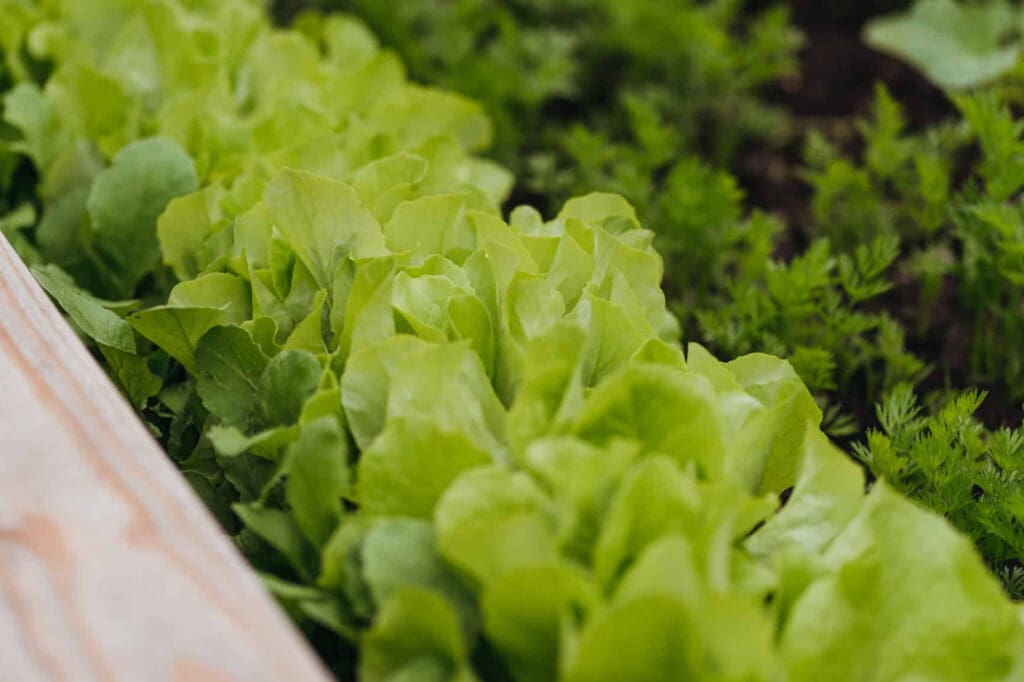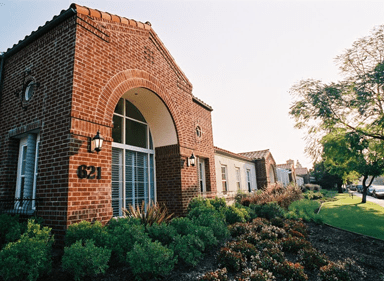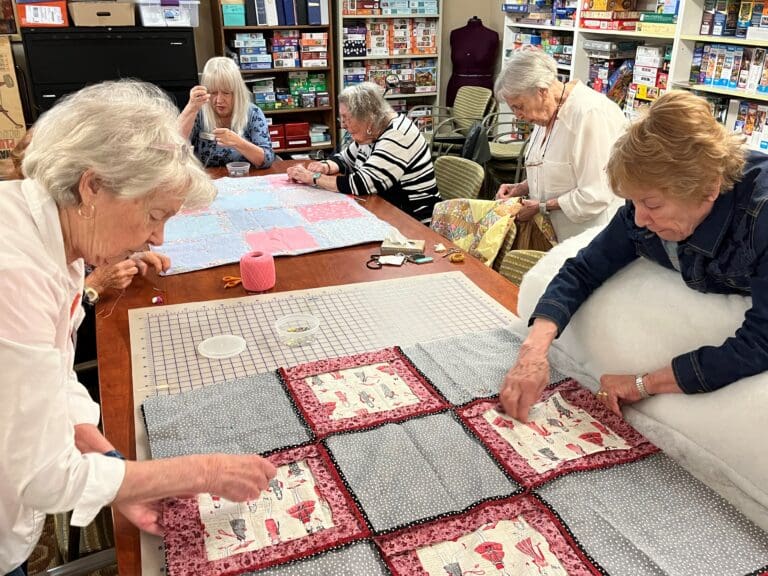October 21, 2023
Sustainability Practices in Senior Living: Cultivating Economic and Ecological Efficiency
By Elizabeth Kit, CCL Hospitality Group
Senior living is experiencing a transformative shift, driven largely by the evolving needs, wants, and expectations of the retiring Baby Boomer generation. As millions transition into retirement, there’s a growing demand for a fresh approach to community living, with a heightened focus on hospitality services. But it’s about more than just exceptional food and personalized experiences.

In Palo Alto, California, Webster House, a Front Porch community, is leading a quiet yet profound transformation. Residents enjoy locally sourced seafood from the docks of San Francisco, indulge in crisp salads with lettuce grown right in the community, and engage in insightful discussions about the food’s origins — all while championing sustainability practices.
It begins with one community’s commitment to innovation. Webster House’s efforts not only showcase the advantages of sustainable community living but also highlight opportunities for senior communities nationwide. In this blog post, we will explore how incorporating sustainability practices into modern senior communities is also cultivating economic and ecological efficiencies.
Local Sourcing: A Seafood Delight
Webster House is leading a culinary experience that marries delicious flavors with sustainable practices. One standout initiative is the Boat2Table program, which brings the residents the freshest seafood from the renowned docks of San Francisco. Every week, residents enjoy seafood caught just hours before, elevating the dining experience while supporting the local economy.
What sets Webster House apart is its dedication to bridging the gap between residents and their food’s origins. Local fishermen are welcomed to the community, sparking enriching discussions about food sources, the seafood varieties, their fishing techniques, and even the tales behind their boat names. This immersive experience not only enlightens residents but also deepens the connection between the community and local producers.
Cultivating Freshness: Community Gardens
In the Spring of 2023, Webster House elevated their sustainability efforts by unveiling Tower Gardens right outside the dining room. These innovating vertical gardens offer a space for cultivating fresh produce, enabling the community to harvest their own lettuce and feature it in salads several times a week. Beyond offering the pinnacle of freshness, it also significantly reduces the carbon footprint associated with food transportation.
Deepening its commitment to diversity and inclusion, Webster House forges meaningful partnerships with local minority famers. Each week, they feature produce from these dedicated growers, immersing residents in the stories behind their meals’ origins. This initiative not only underscores the value of diversity in the supply chain but also supports local farmers of color, enriching the community fabric.
A Holistic Sustainability Strategy
Webster House’s commitment to sustainability practices continues beyond the plate. In collaboration with Vesta, the community is a proud participant in the Chefs to End Hunger program to combat food waste. Through this initiative, the community is equipped with specialized containers to collect surplus food, which is then distributed to local charitable organizations. This not only minimizes food waste but also contributes to addressing the issue of hunger in the local area.
Economic & Ecological Benefits of Sustainability
Beyond the ecological advantages, sustainability practices in senior living communities, exemplified by Webster House, offer significant economic benefits. By sourcing locally, they reduce transportation costs and support nearby businesses, invigorating the local economy. Additionally, initiatives like Tower Gardens can help to further diminish costs related to purchasing produce from distant suppliers.
By sourcing locally, communities like Webster House are also reducing their carbon footprint by minimizing the distance food travels from source to table. Moreover, they contribute to the preservation of marine ecosystems by supporting responsible fishing practices and reducing the overall demand for non-sustainable food sources.
Additionally, cultivating its own produce minimizes the use of pesticides and herbicides, championing healthier and more sustainable farming practices. Webster House’s collaboration with local farmers of color not only fortifies the regional agricultural scene but also fosters equitable resource distribution, resonating with broader sustainability objectives.
Conclusion
While the efforts of a single community such as Webster House might appear modest, the community symbolizes a profound and purposeful approach to senior living. Prioritizing sustainability, locally sourced food, and partnerships with farmers of color uplift local agriculture and showcase the transformative power of sustainability practices in senior living communities.
Through locally sourced seafood, community gardens, and active engagement in programs like Chefs to End Hunger, they showcase the economic and ecological efficiencies that come with prioritizing sustainability. This community’s commitment to fostering connections between residents and their food sources sets a shining example for others to follow. It also becomes evident that building community one meal at a a time is not just about serving kindness: it’s about nurturing a better, more sustainable future.
This blog originally appeared on the CCL Hospitality Group website. Used with permission.


